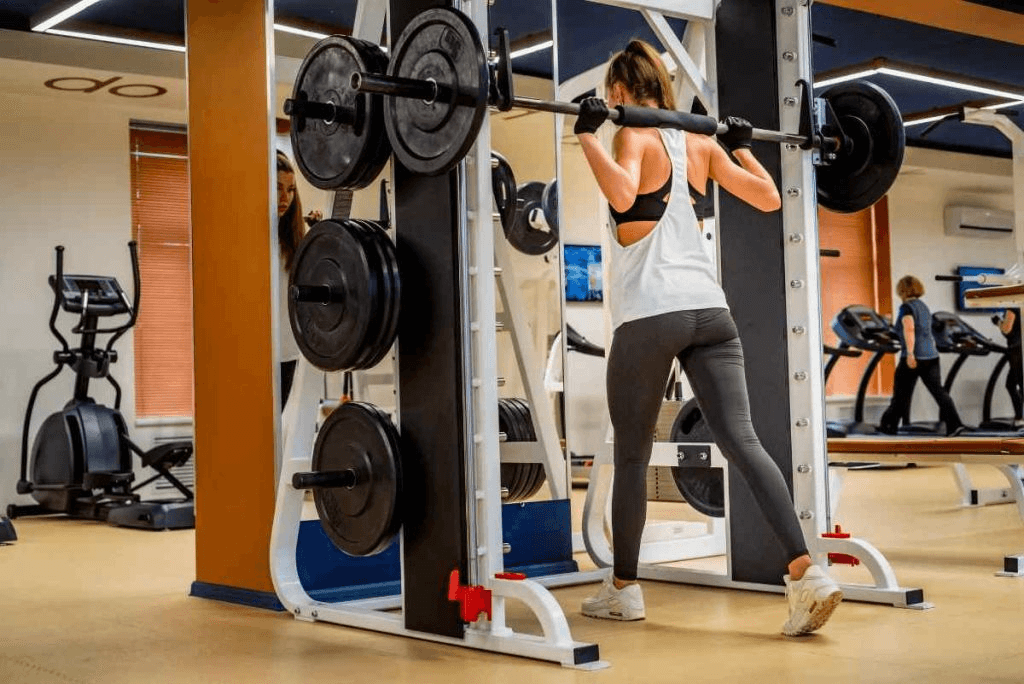When it comes to building a strong, balanced physique, understanding the body’s big muscle groups is the foundation. These larger muscle groups not only contribute most to your overall size and strength but also play a central role in functional movements—whether you’re lifting weights, climbing stairs, or carrying groceries.
What Are the Big Muscle Groups?
Big muscle groups refer to the major muscle systems in the body that handle the largest workloads. These are the powerhouse muscles that drive movement, support posture, and consume the most energy during exercise.
Here’s a breakdown of the largest muscle groups, roughly from biggest to smallest:
-
Glutes (Gluteus Maximus, Medius, Minimus)
The glutes form the largest muscle group in the human body. They’re responsible for hip extension, pelvic stability, and explosive power in movements like squats, lunges, and jumps. -
Quadriceps
Located in the front of your thighs, the quads consist of four muscles that extend the knee and help stabilize the hips. Think of exercises like squats, leg presses, and step-ups—these target the quads hard. -
Hamstrings
Opposing the quads, the hamstrings run along the back of your thighs. They flex the knee and assist in hip extension. Strong hamstrings are essential for sprinting, deadlifting, and preventing knee injuries. -
Back Muscles (Lats, Traps, Rhomboids, Erector Spinae)
The muscles of the back collectively form one of the most expansive groups. The lats help with pulling motions, the traps and rhomboids support posture and scapular movement, while the erector spinae stabilize the spine. -
Chest (Pectoralis Major and Minor)
The chest muscles are key for pushing motions. Bench presses, push-ups, and dips all rely on strong pecs for performance and injury prevention. -
Shoulders (Deltoids)
While smaller in size compared to legs or back, the shoulders are considered a big group because they drive many upper body movements. The deltoids allow you to lift, rotate, and stabilize the arms. -
Core (Abdominals, Obliques, Transverse Abdominis)
Though often overlooked in size discussions, your core is central to almost every movement. A strong core helps transfer power between upper and lower body and supports overall stability.
Why Training Big Muscle Groups Matters
Training larger muscle groups stimulates more growth hormone production, increases calorie burn, and leads to faster strength gains. Compound exercises like deadlifts, squats, and rows target multiple big muscle groups at once, making them incredibly efficient for building muscle and improving fitness.
For beginners, focusing on these big movers can yield significant progress with less time in the gym. For advanced lifters, understanding how these muscles work together allows for more effective programming and injury prevention.
Personal Reflection
When I first transitioned from machine-based workouts to barbell and bodyweight training, I quickly realized how underutilized my big muscle groups had been. Deadlifts made my entire posterior chain sore in the best way. Squats taught me what real leg fatigue felt like. And nothing lit up my back like pull-ups. Focusing on these foundational muscles changed my posture, strength levels, and body composition far more than any isolated arm workout ever could.
Final Thoughts
Whether your goal is to build muscle, lose fat, or improve daily function, start with the big picture—your large muscle groups. They’re the engine room of your body. Train them smart, train them consistently, and the results will follow.











































Leave a comment
This site is protected by hCaptcha and the hCaptcha Privacy Policy and Terms of Service apply.